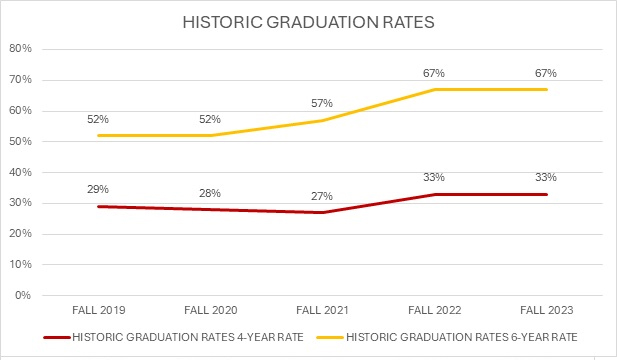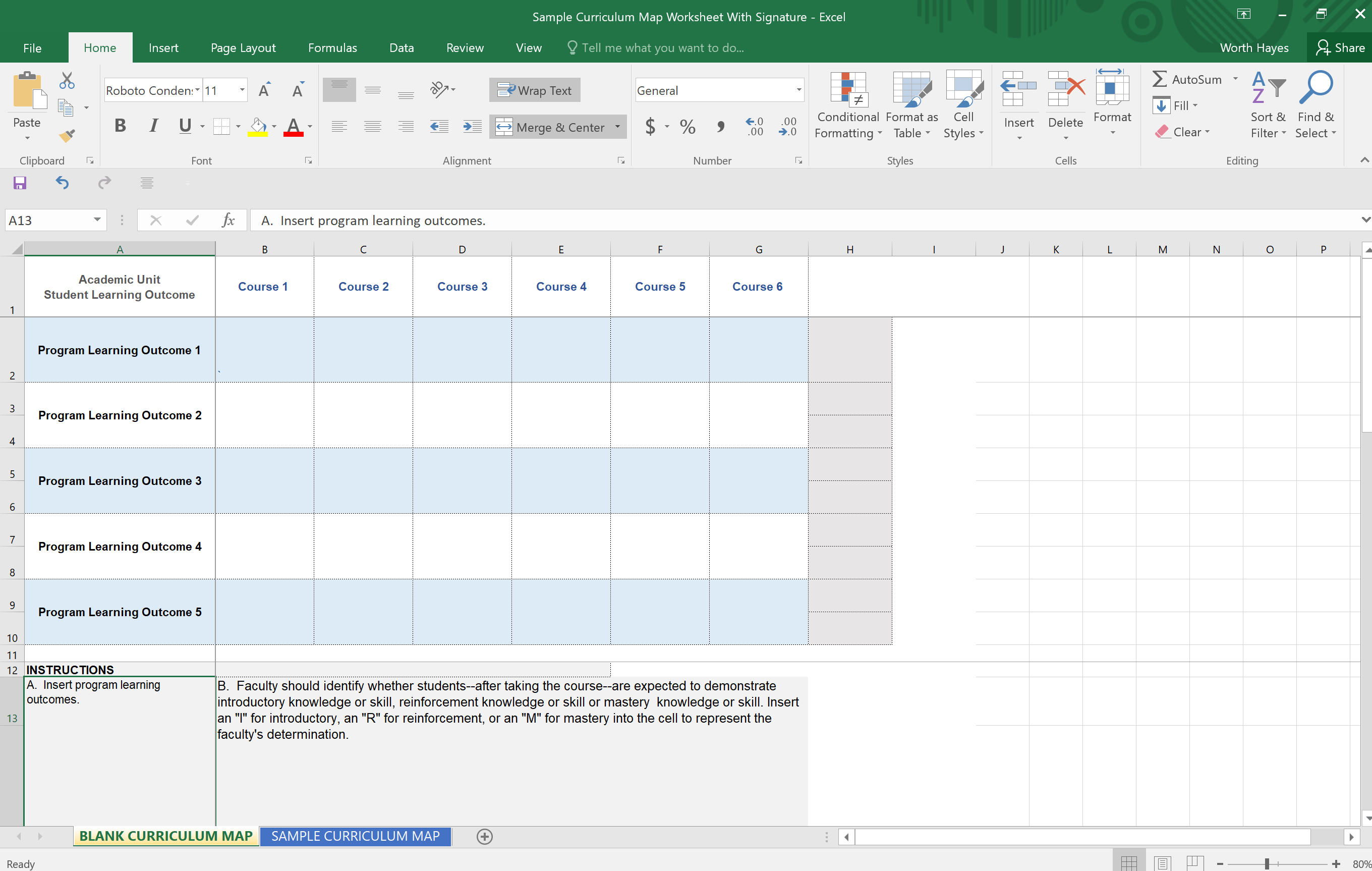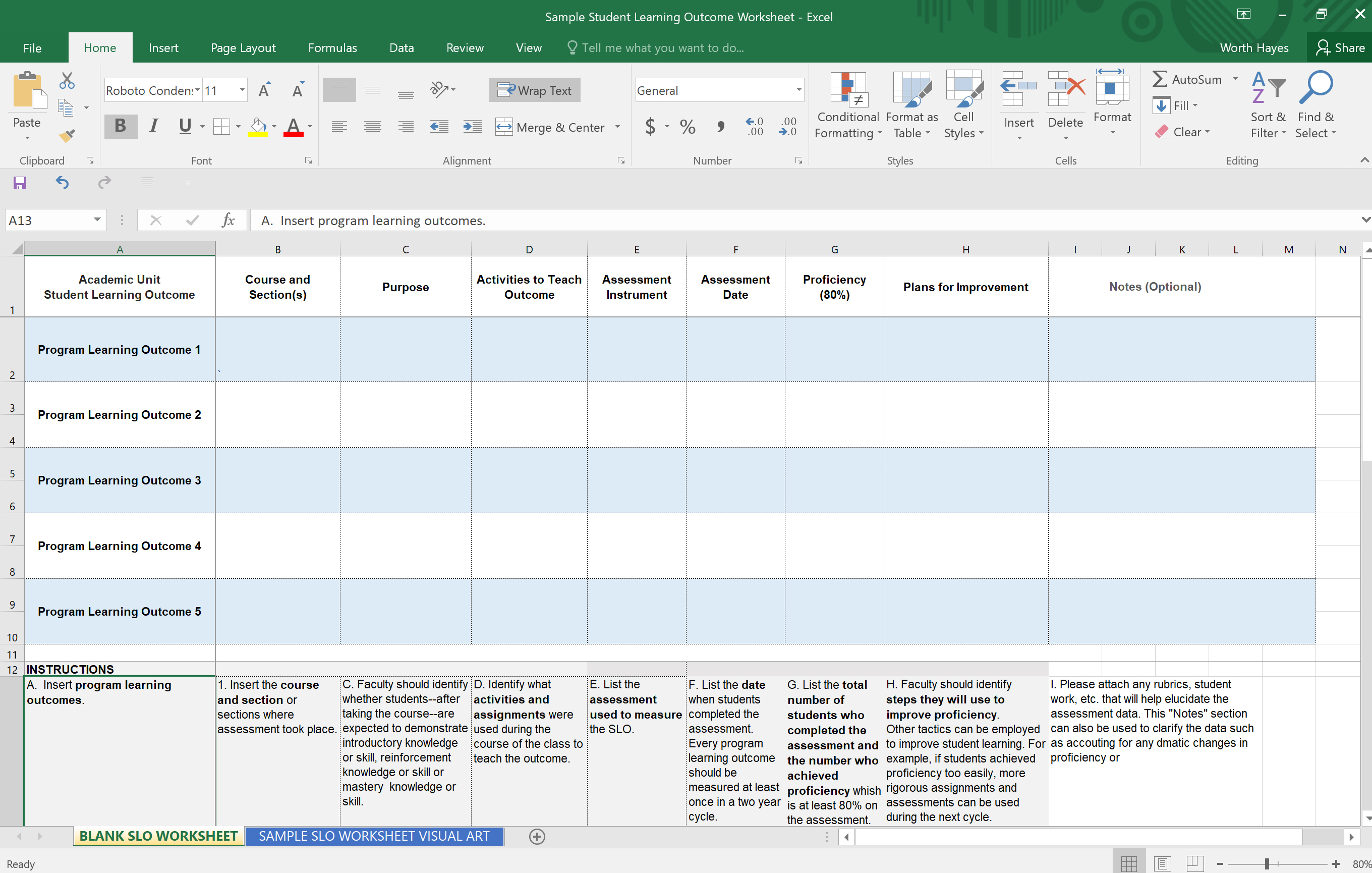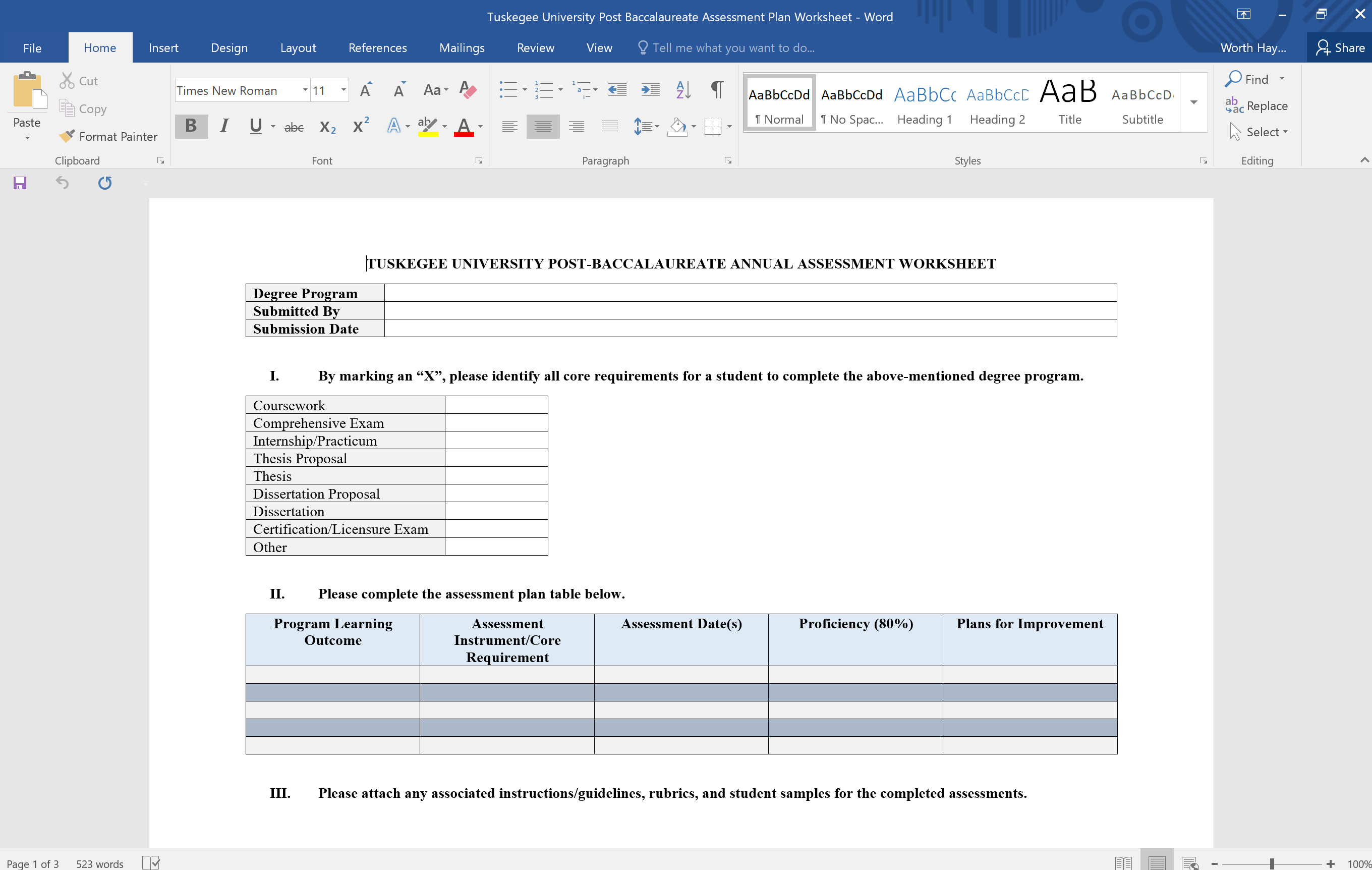Here are some additional references:
Allen, Mary J. Assessing Academic Programs in Higher Education. Bolton, MA: Anker Publishing Company, 2004.
Angelo, Thomas A., and K. Patricia Cross. Classroom Assessment Techniques: A Handbook for College Teachers. 2nd ed. San Francisco: Jossey-Bass, 1993.
Baker, G.R. North Carolina A&T University: A Culture of Inquiry. Urbana: University of Illinois and Indiana University, National Institute for Learning Outcomes Assessment, 2012.
Banta, T.W. and Associates. Building a Scholarship of Assessment. San Francisco: Jossey-Bass, 2002.
Blaich, Charles, and Kathleen Wise. From Gathering to Using Assessment Results. Lessons from the Wabash National Study. Urbana: University of Illinois and Indiana University, National Institute for Learning Outcomes Assessment, 2011.
Fink, L. Dee. Creating Significant Learning Experiences: An Integrated Approach to Designing College Courses. 2nd ed. San Francisco: Jossey-Bass, 2013.
Middaugh, Michael F. Planning and Assessment in Higher Education: Demonstrating Institutional Effectiveness. San Francisco: Jossey-Bass, 2009.
Paloff, Rena M., and Keith Pratt. Assessing the Online Learner: Resources and Strategies for Faculty. San Francisco: Jossey-Bass, 2008.
Palomba, C.A. , and T.W. Banta. Assessment Essentials: Planning, Implementing, Improving. 2nd ed. San Francisco: Jossey-Bass, 2014.
Suskie, Linda A. Assessing Student Learning: A Common Sense Guide. 3nd ed. San Francisco: Jossey-Bass, 2018.






